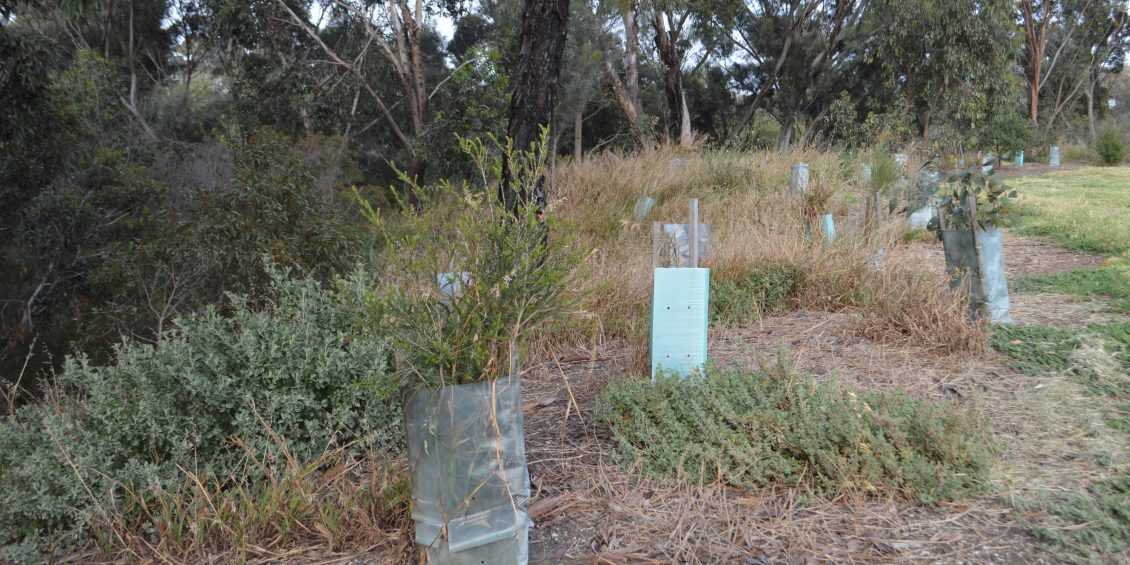
Hobsons Bay has nearly 27,000 trees in its parks and another 45,000 in the streets.
There are thousands of other trees on private land and in conservation areas.
All up, it is estimated by RMIT the Hobsons Bay municipality has a canopy cover of 7.9 per cent of its total land area.
That makes it one of the worst in local government areas.
In September, Hobsons Bay City Council decided it was going to ramp up plantings over the next 20 years.
We want to get a canopy cover of 30 per cent by 2040.
Planning Victoria has developed a heat vulnerability index, which identifies which geographical areas are most vulnerable to heat.
The government department has identified Altona North, Brooklyn, Laverton, Altona Meadows and Seabrook have high heat vulnerability.
Planting trees have been shown to reduce urban heat.
While urban heat is a function of climate change, climate change itself impacts on tree health and survival.
But there are ways in which we can improve trees’ abilities to survive through better planning.
Historically, overhead power lines and underground infrastructure, such as gas lines, have impacted on street trees’ growth and health.
Hobsons Bay City Council plans to spend about $400,000 a year during the first five years to boost plantings in public areas.
It will also promote tree planting on private land through education programs.
The council will identify the areas where it can quickly begin public planting.
The corridor along the Westgate Freeway is one area identified.
For more on the Urban Forest Strategy, please click here.



